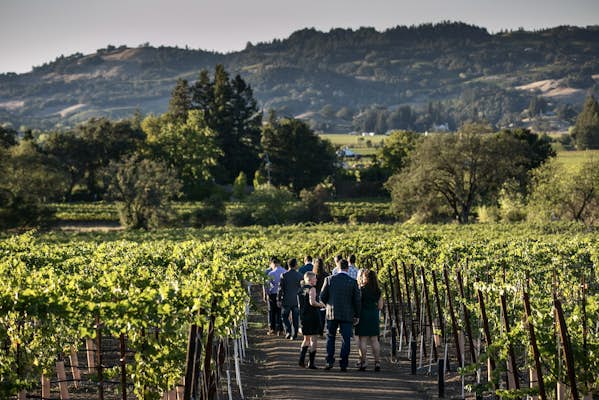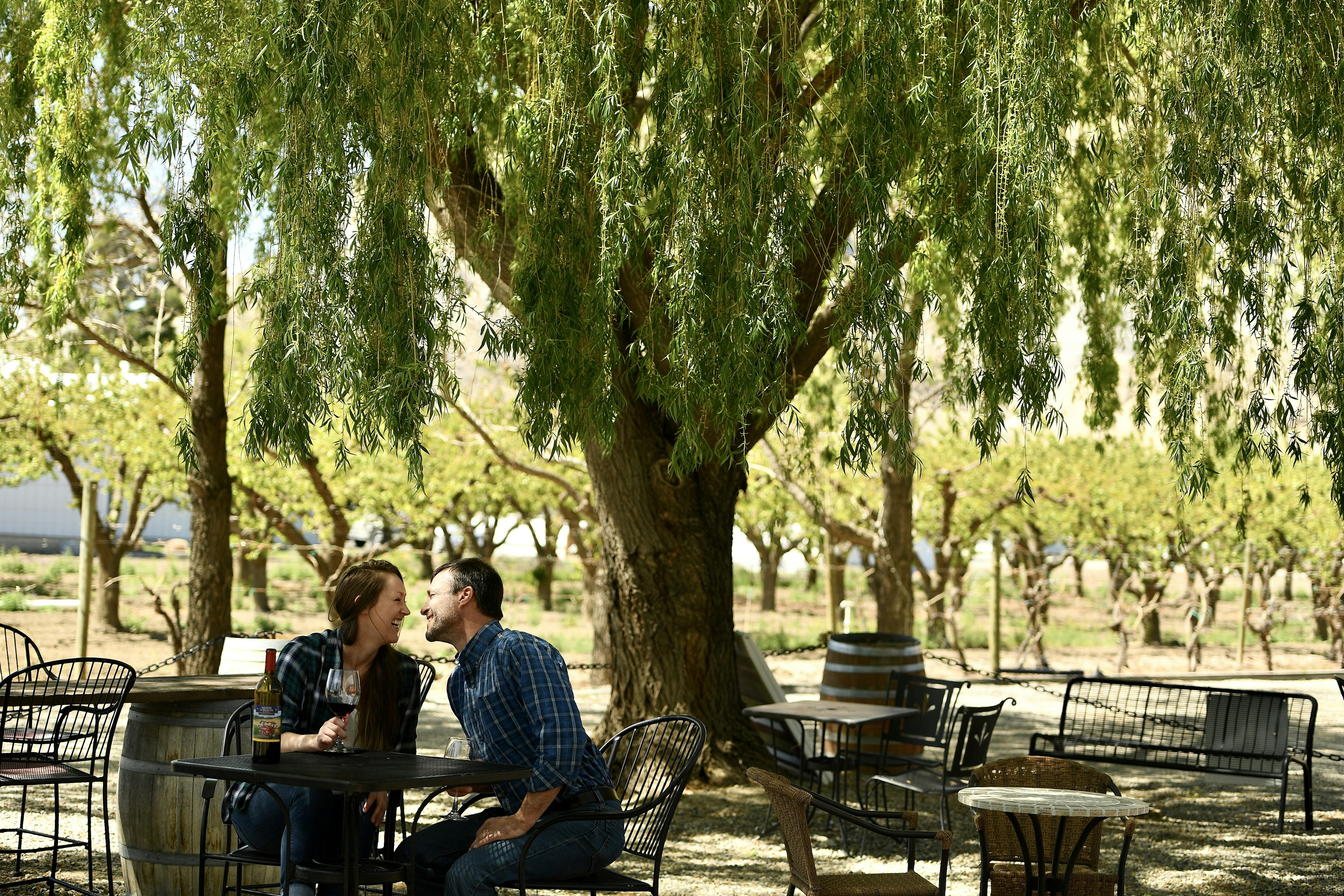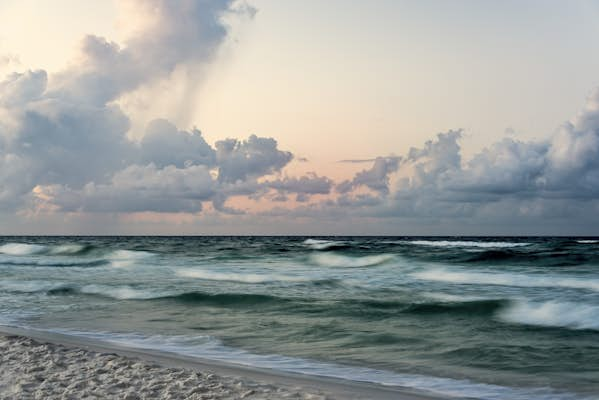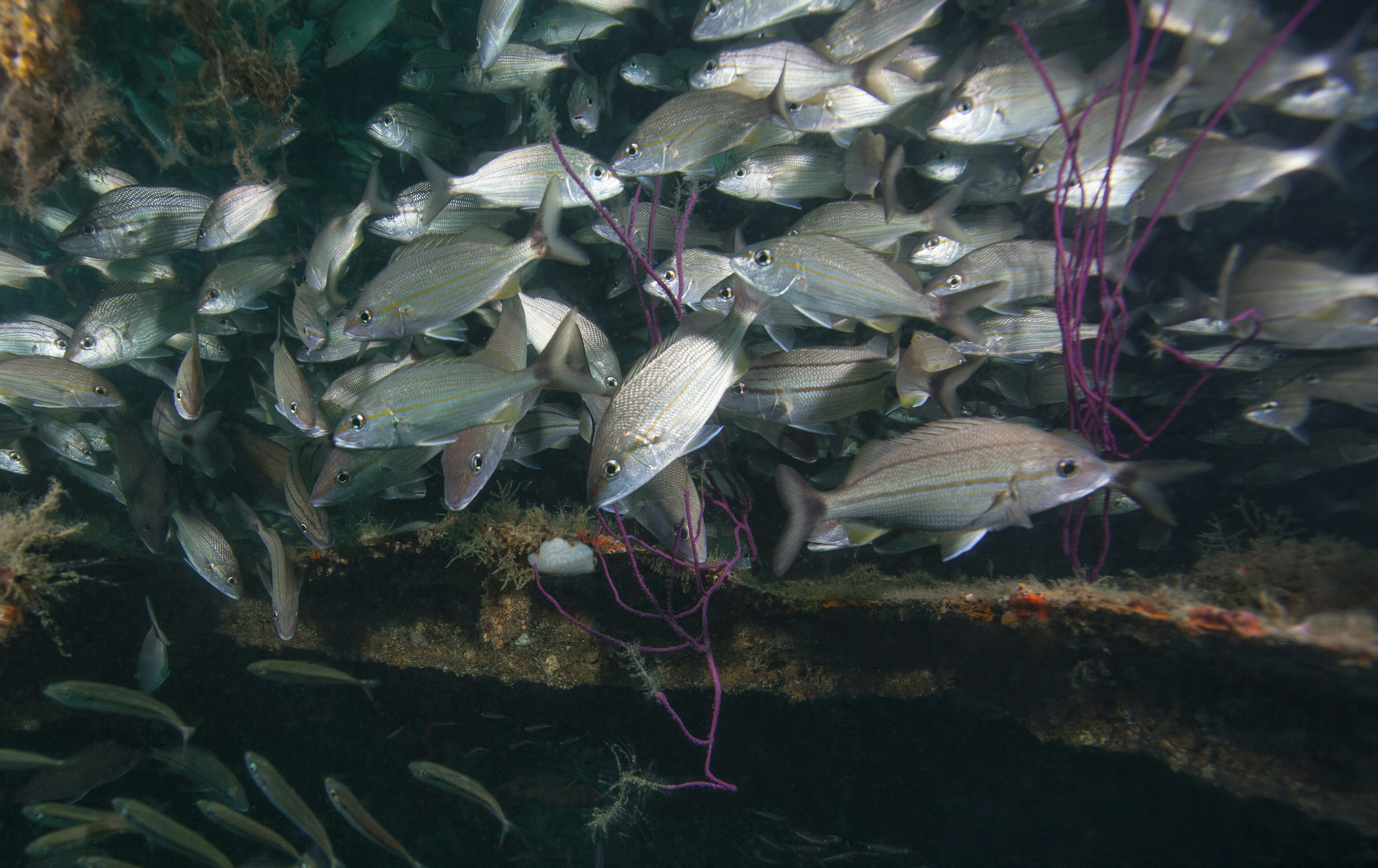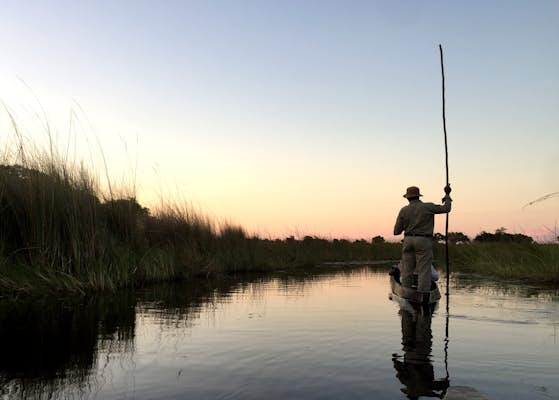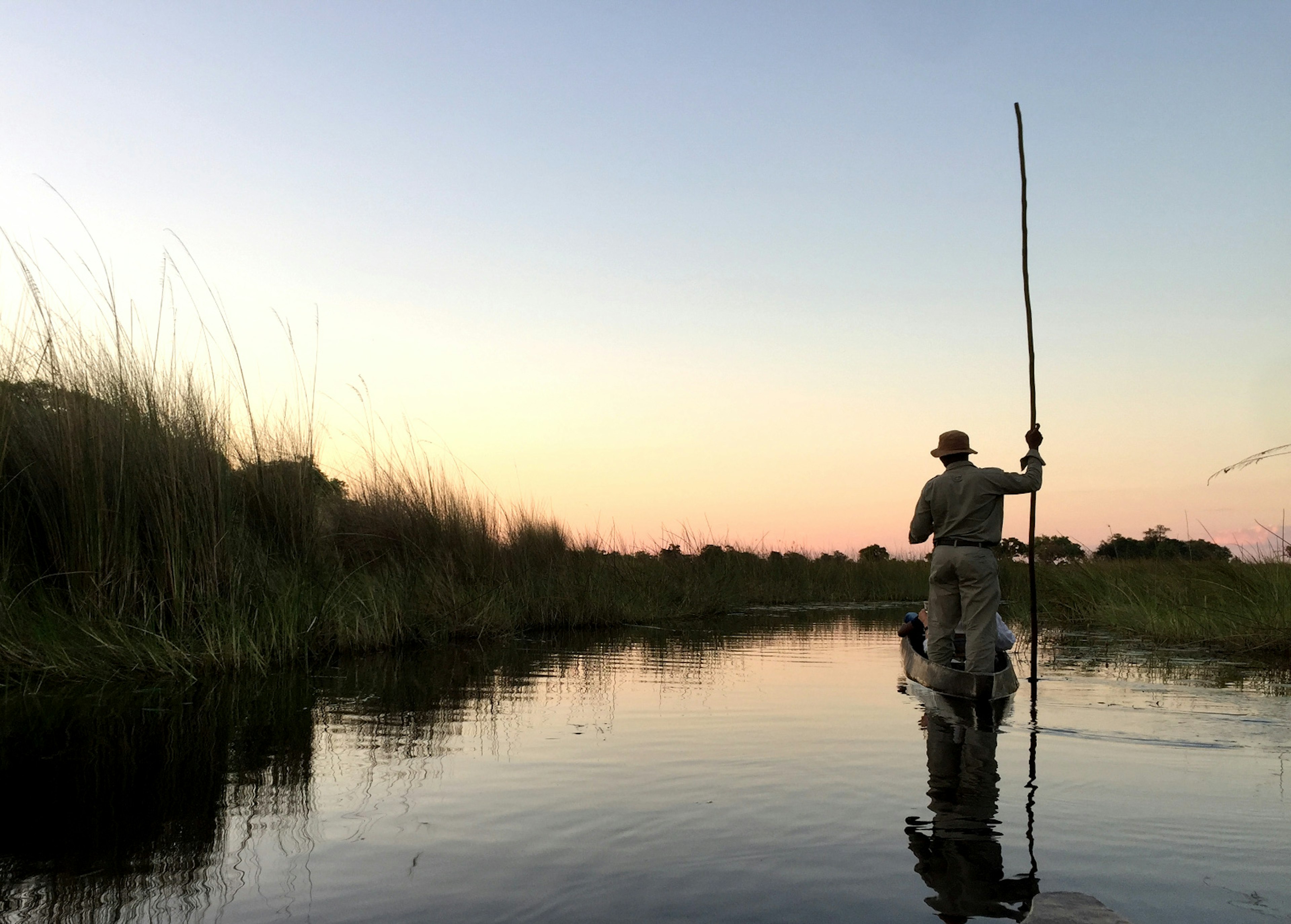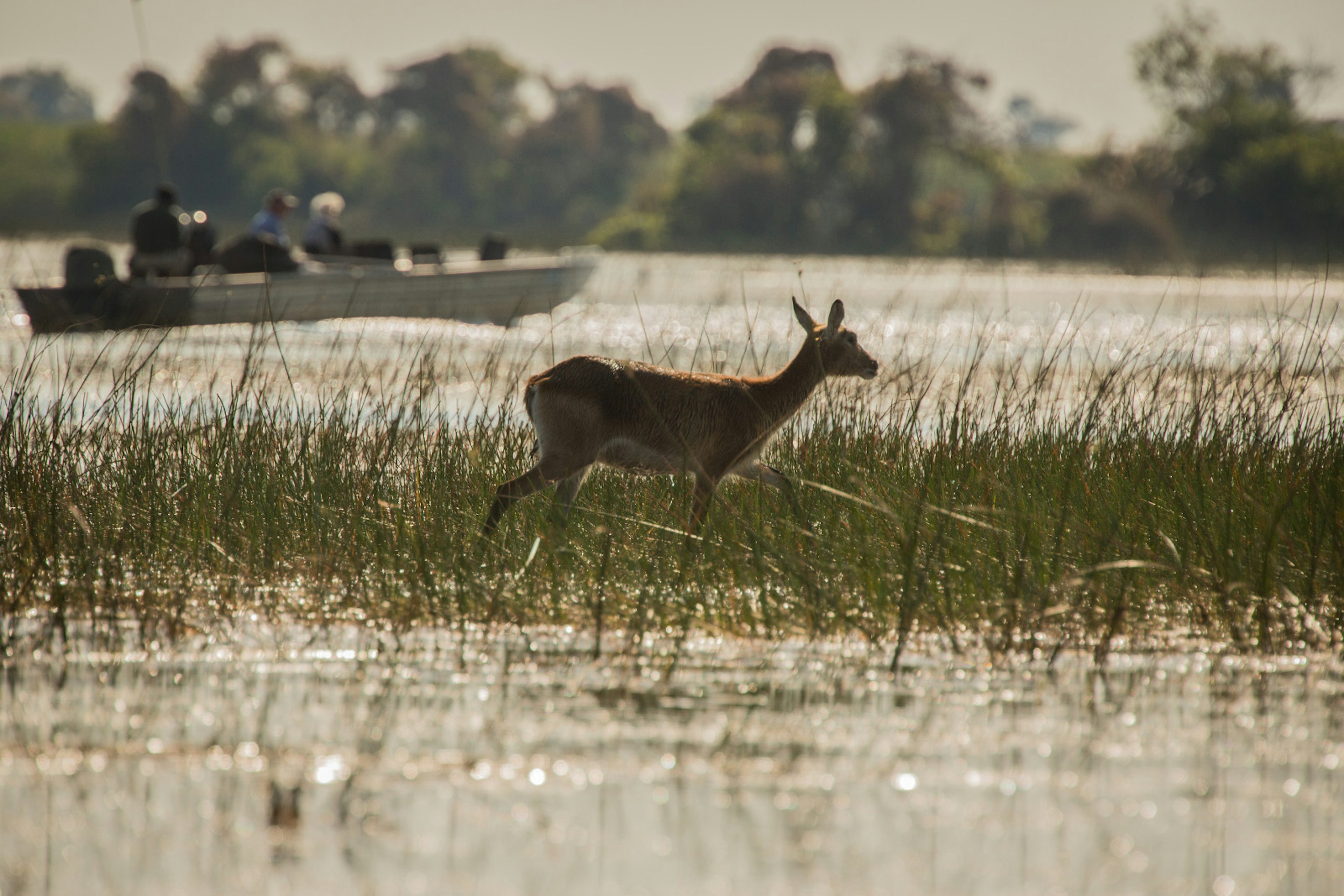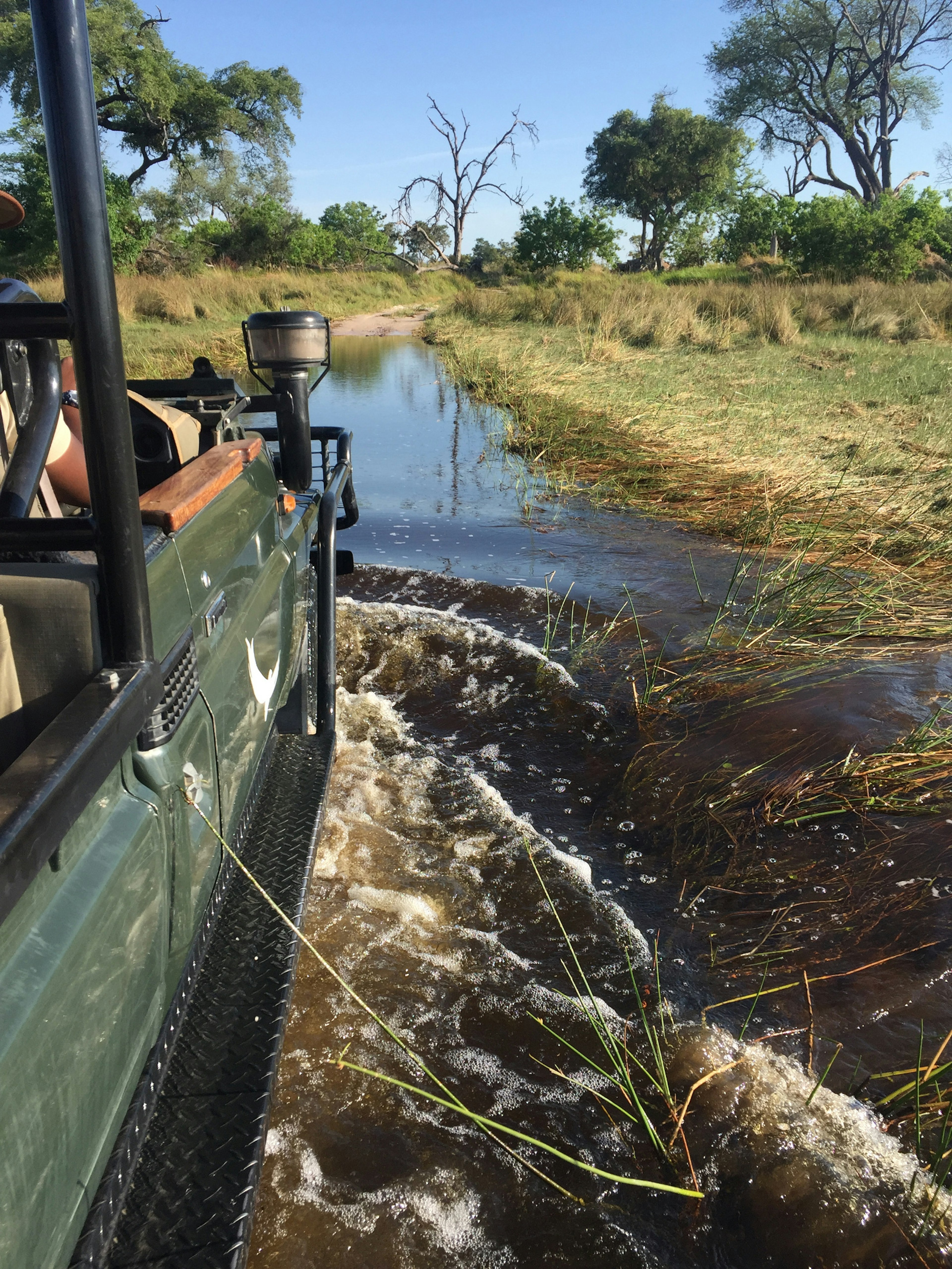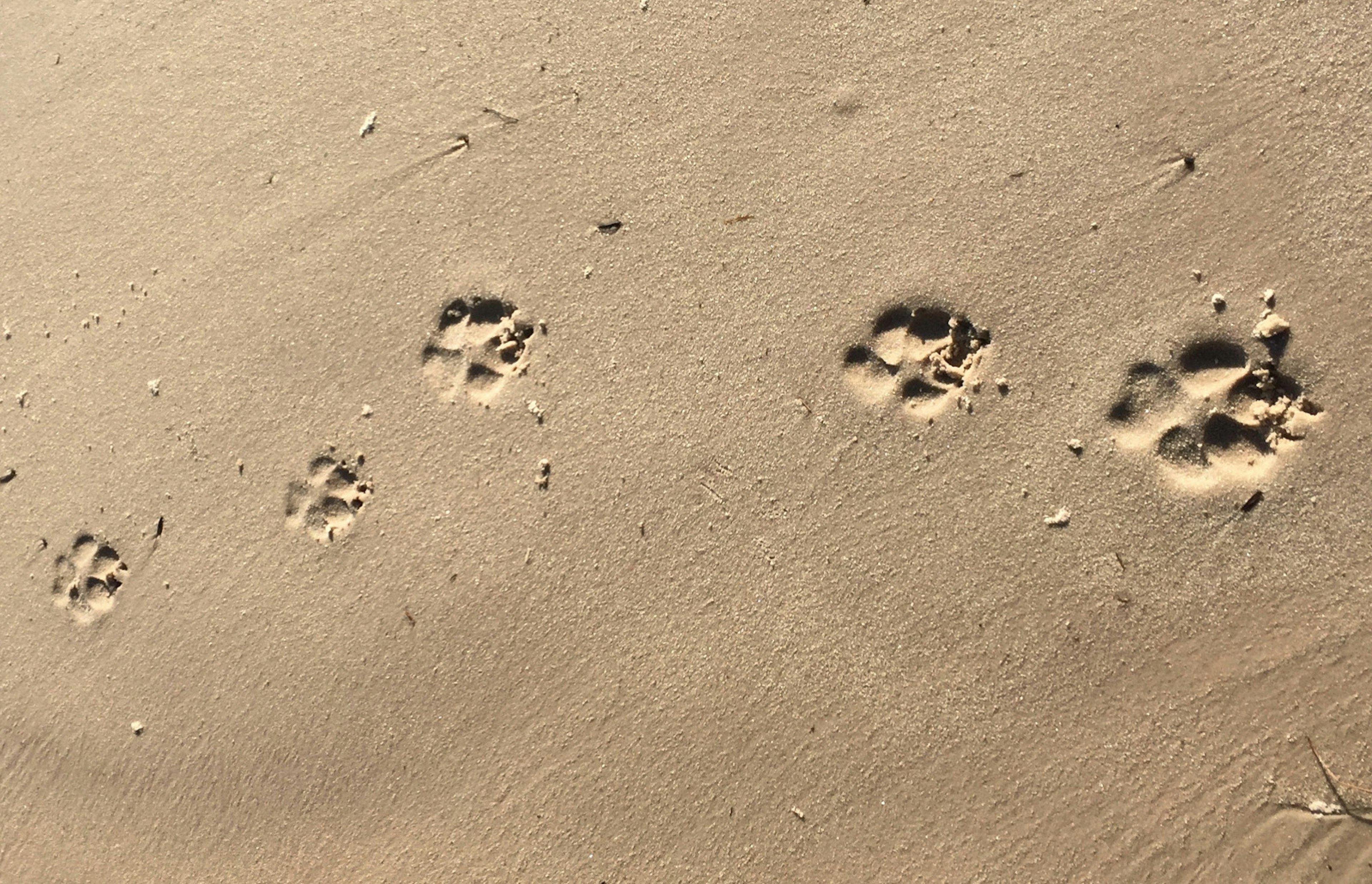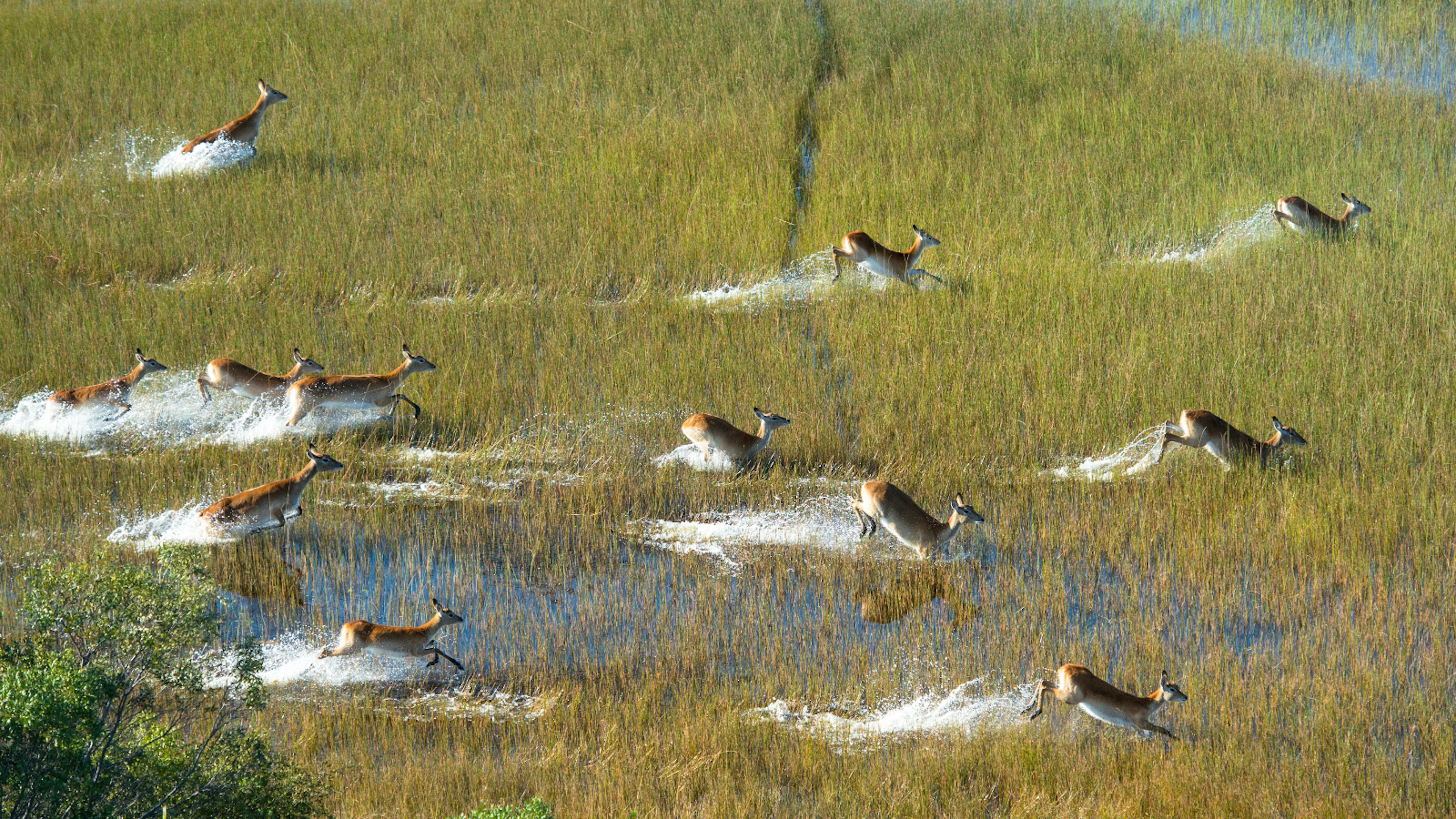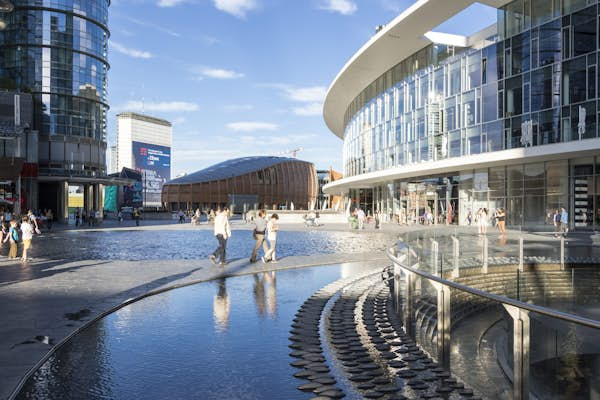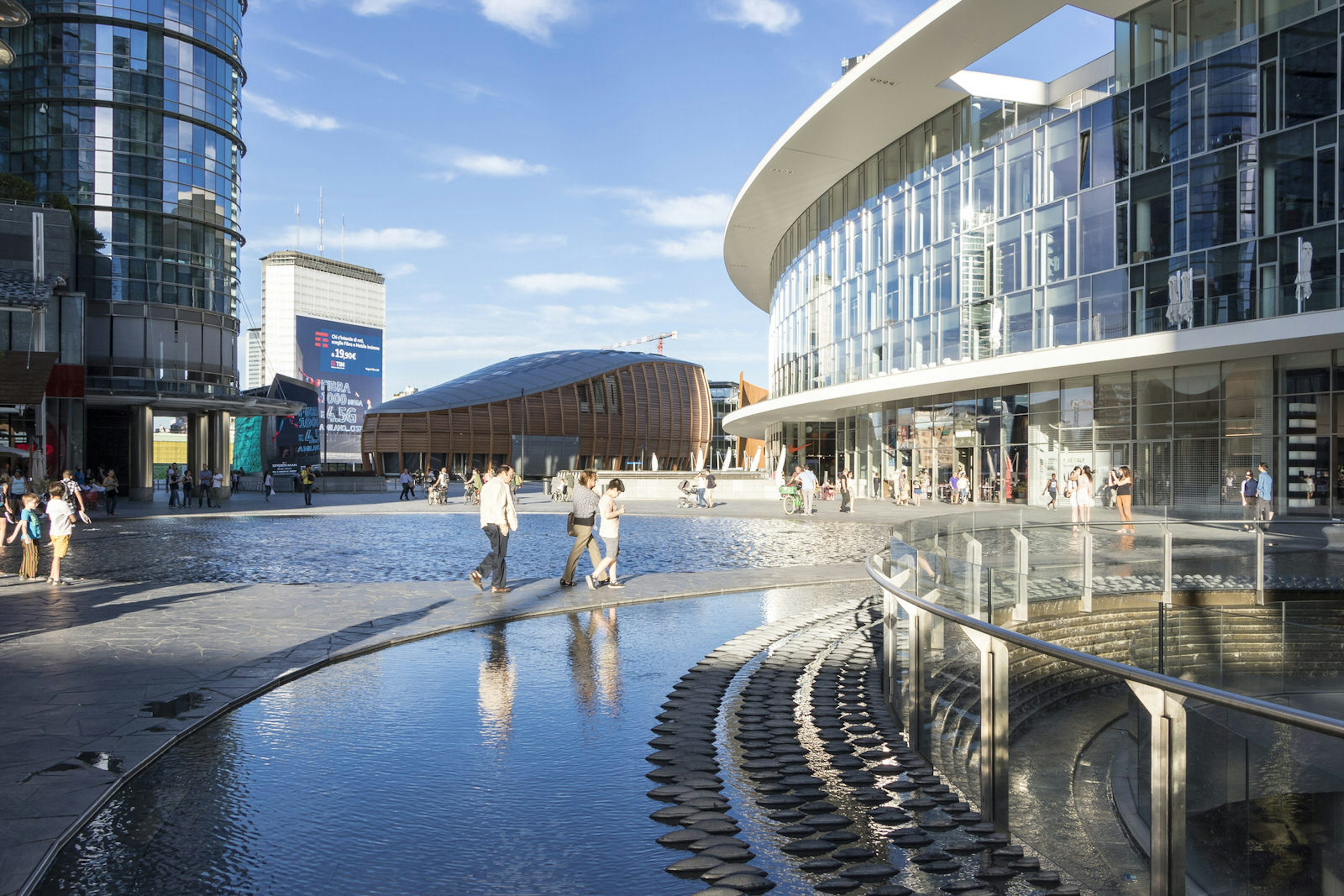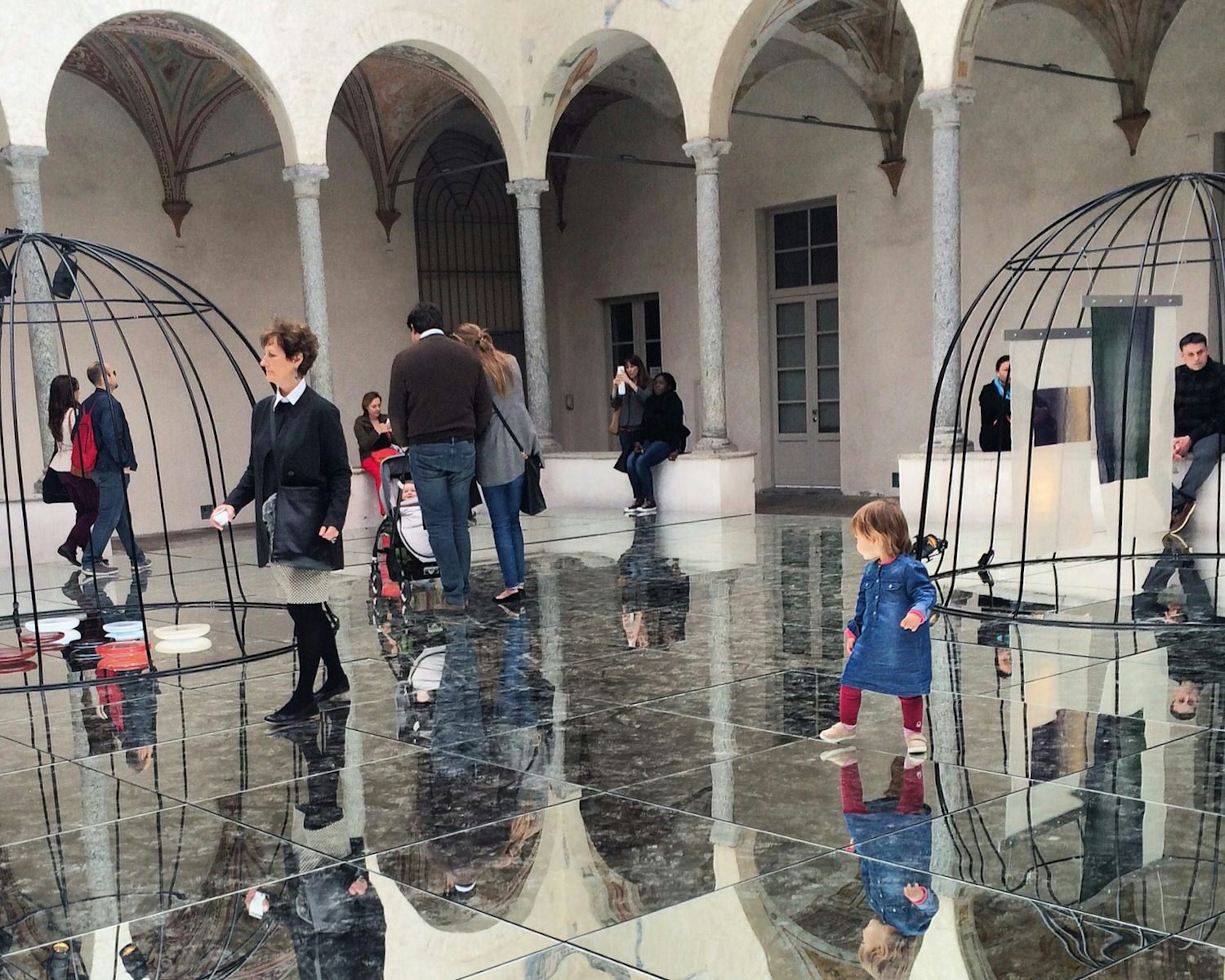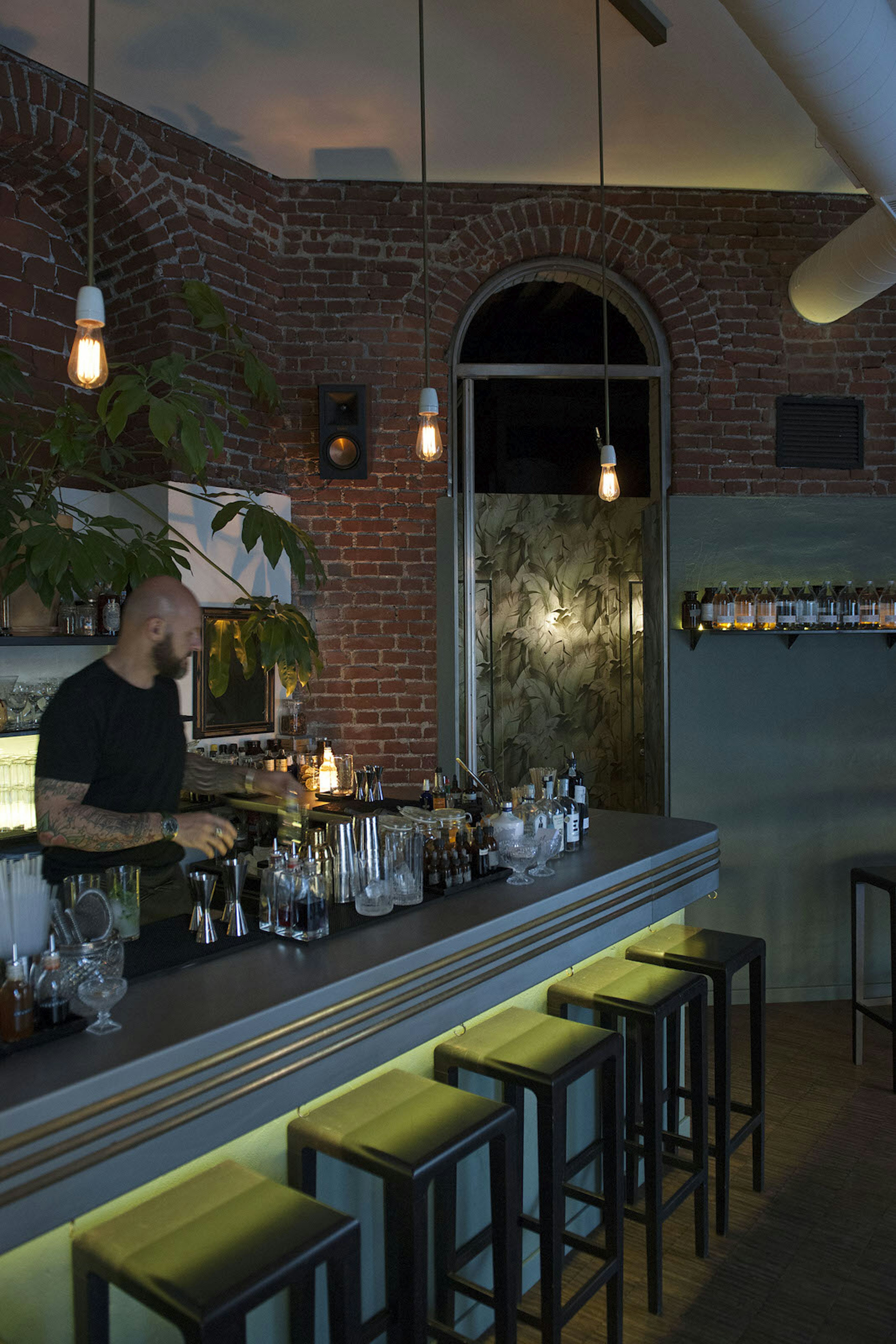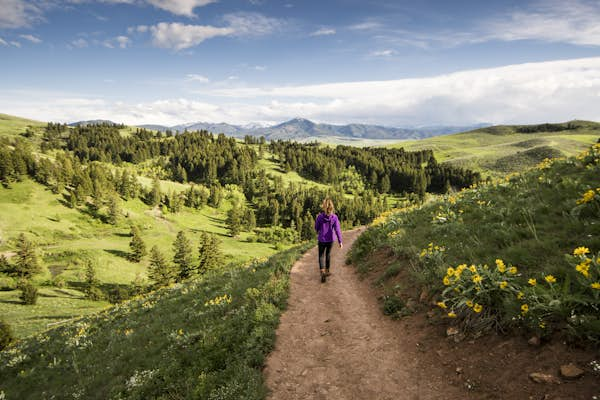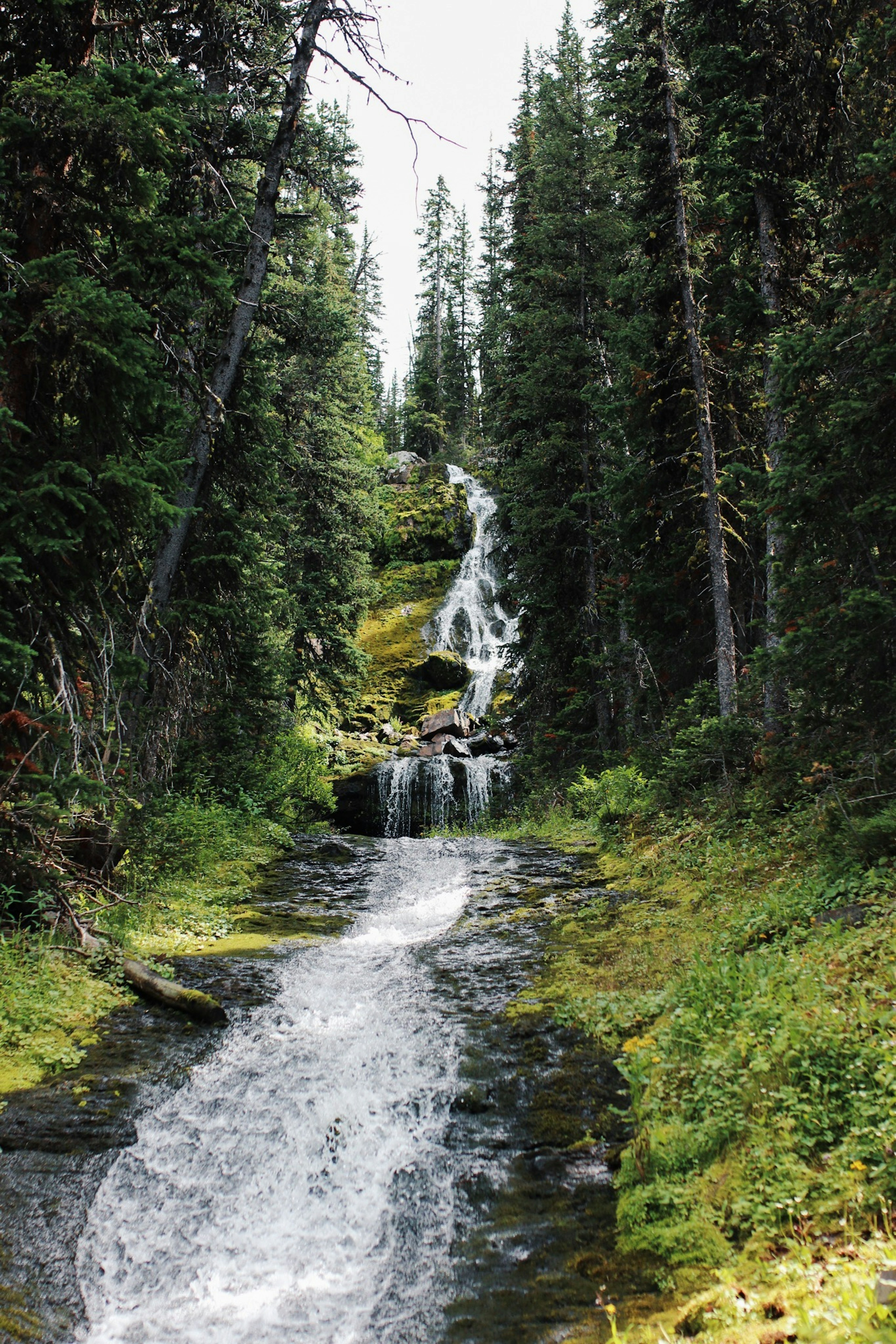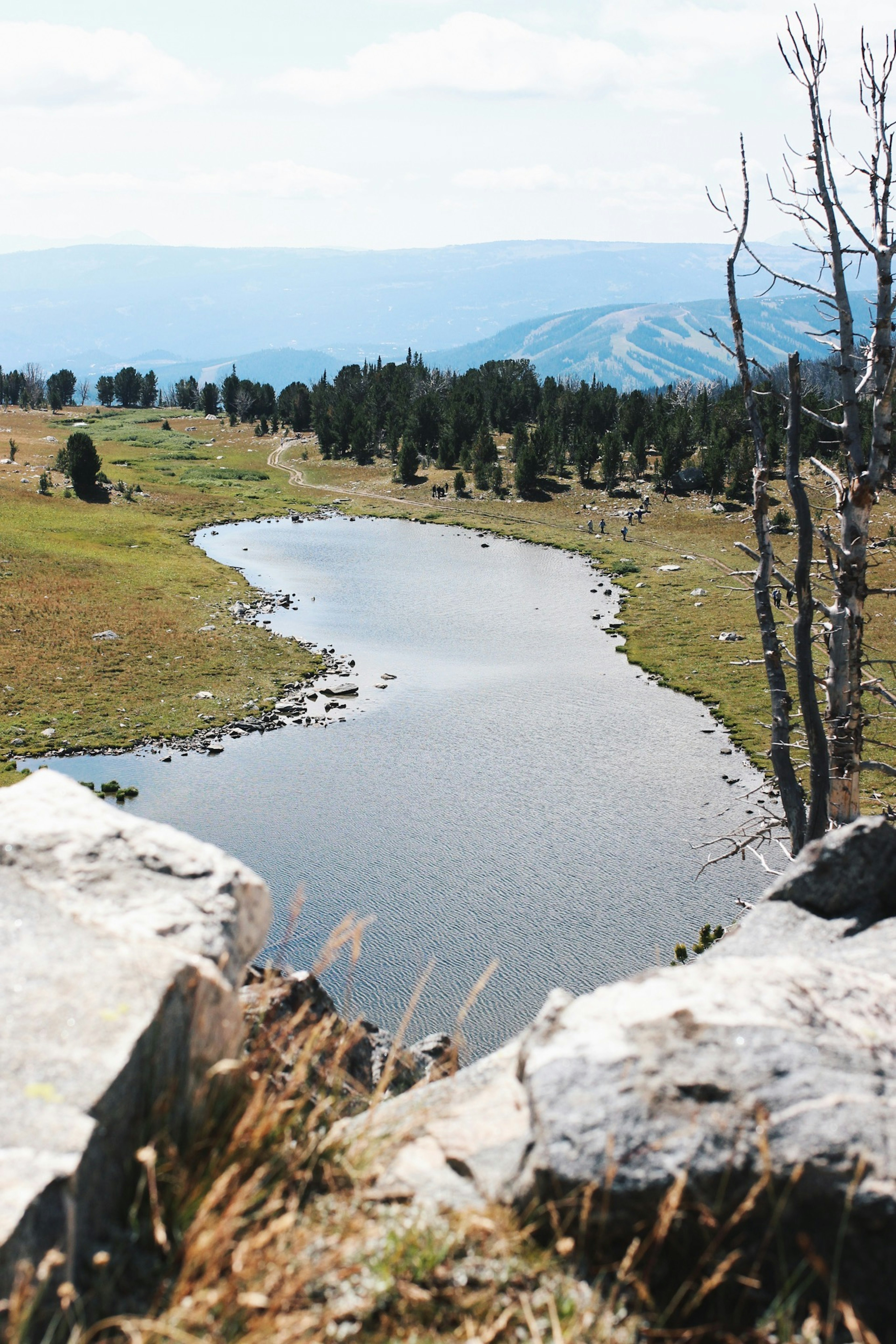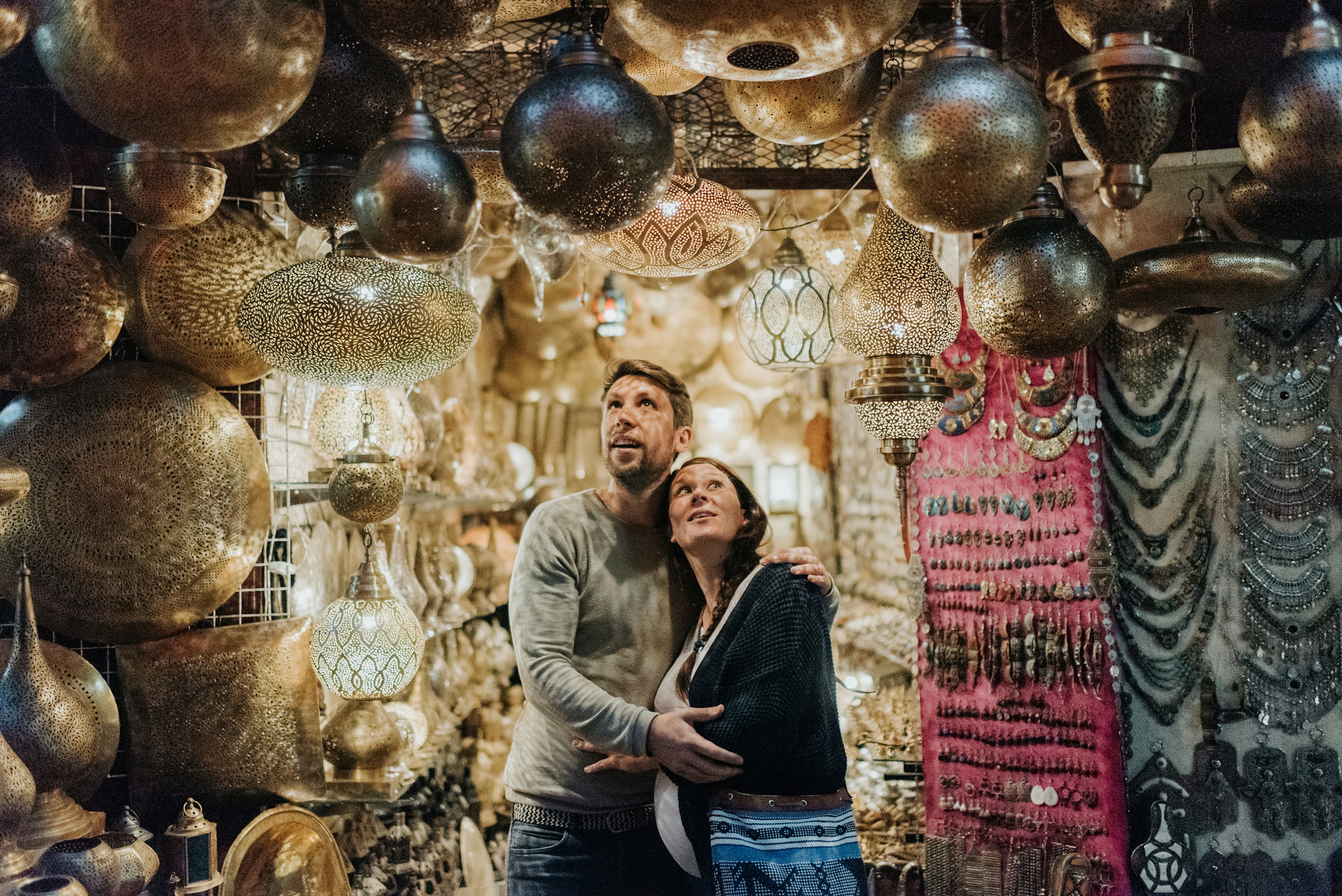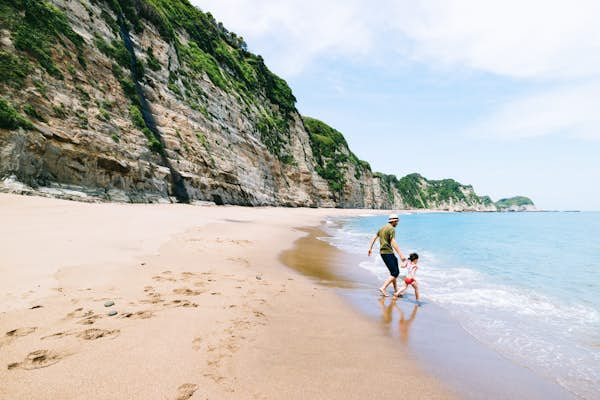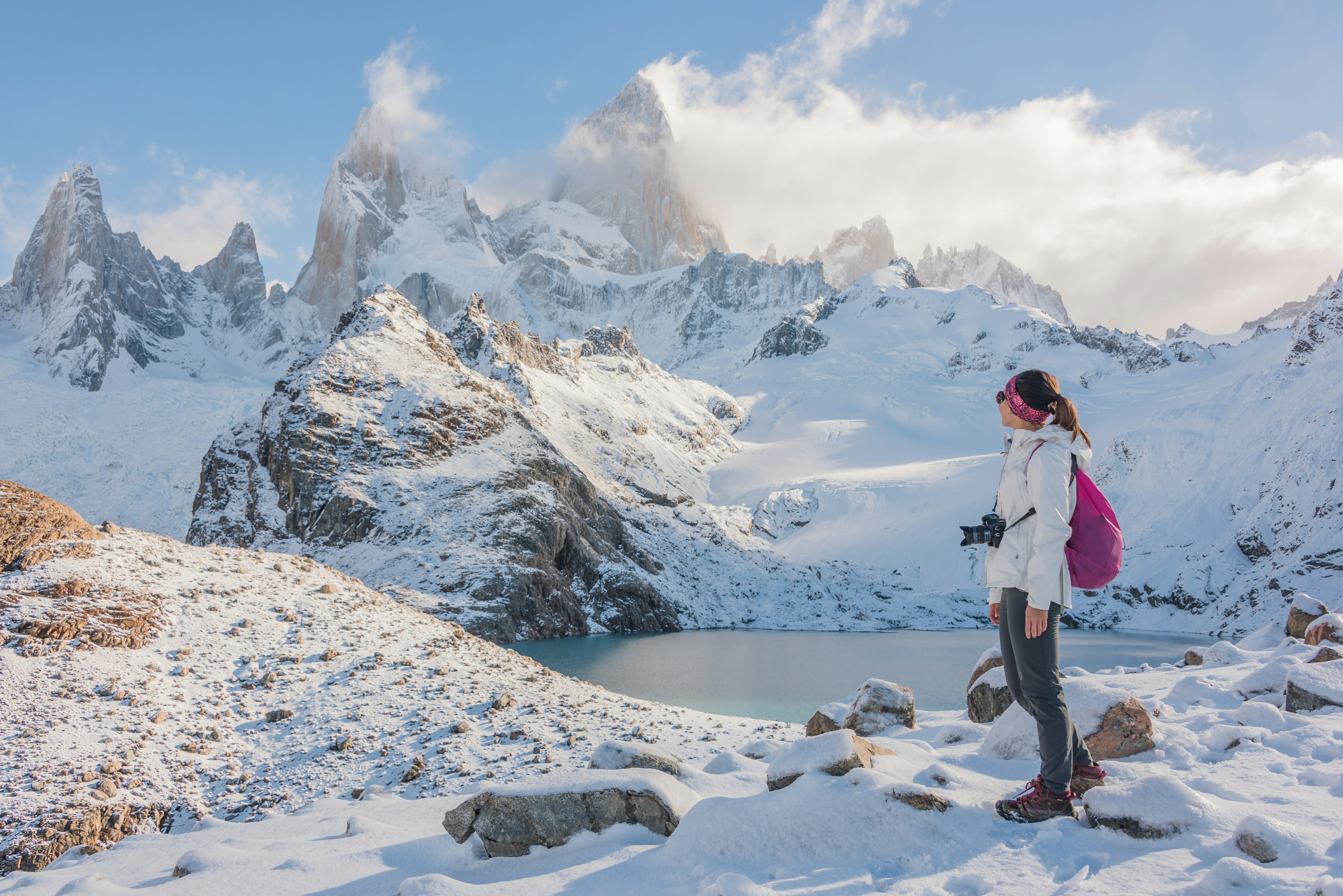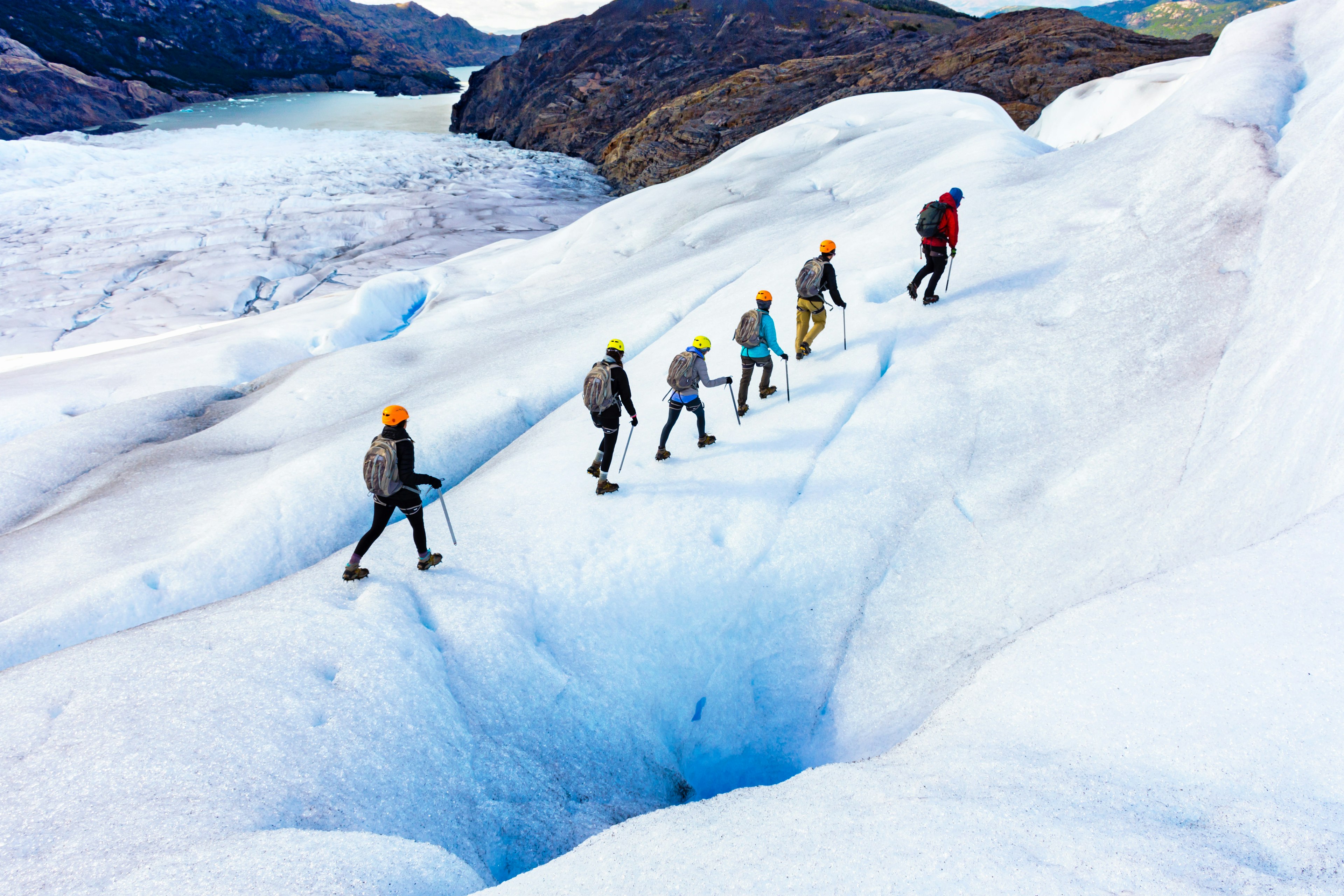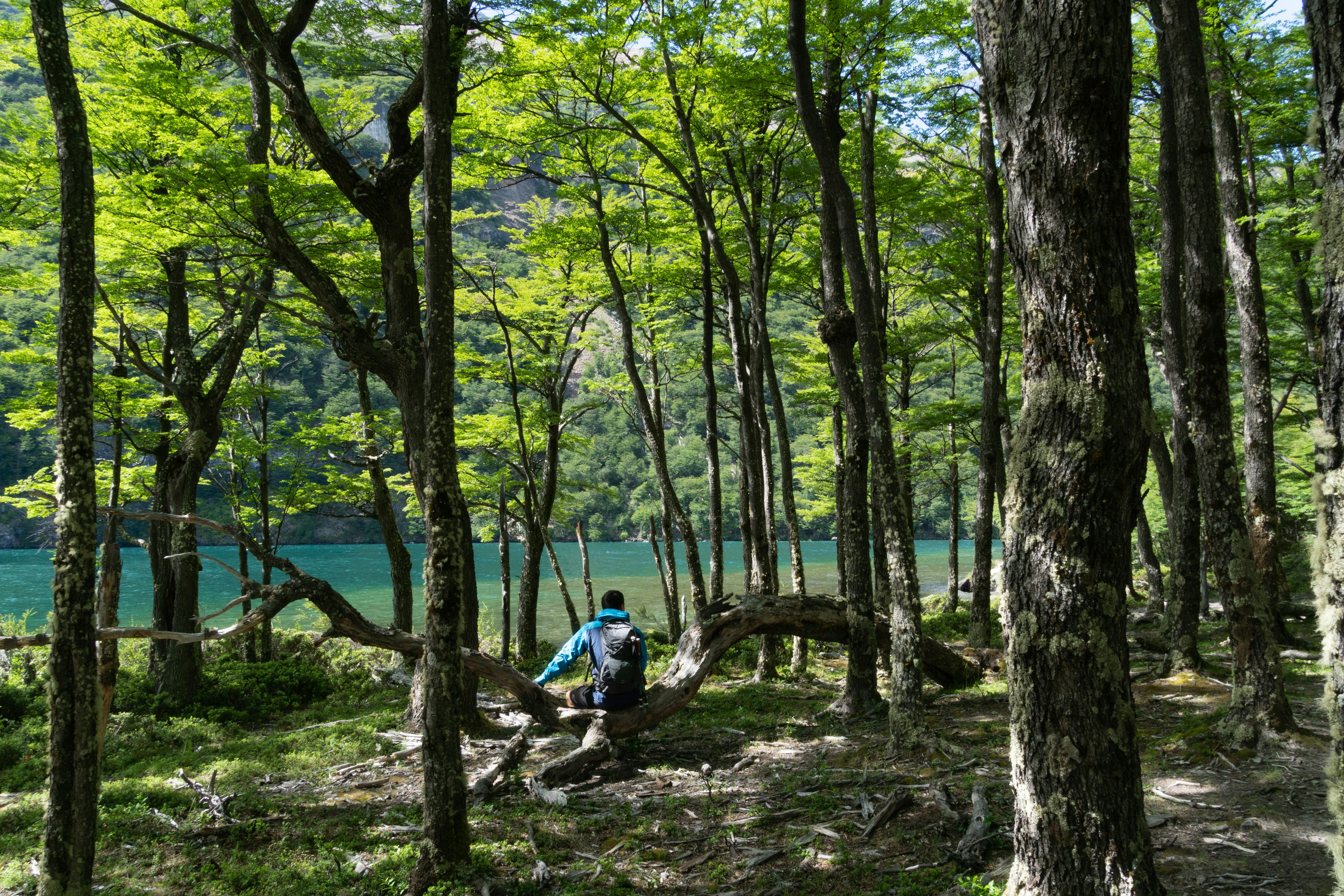A 15-minute ferry ride away from Cancún, you’ll find Isla Mujeres an elongated tropical paradise just five miles long and half a mile wide.
This laid-back Caribbean island owes its name to Ixchel, the Mayan goddess of fertility, love, pregnancy and birth – mujeres meaning women in Spanish. Legend has it that when the Spanish arrived at Isla Mujeres, they discovered a sanctuary dedicated to worshipping the goddess.
In time, the island is said to have become a refuge for pirates and smugglers and later morphed into a fishing village.
These days, Isla Mujeres is a Pueblo Mágico – a designation given to the most picturesque of Mexican towns – and its sandy shores are visited by millions each year.
Whether you’re after a relaxed holiday steeped in Mexican hospitality or are drawn to it for its proximity to the Mesoamerican Reef – the second-largest coral reef system in the world – Isla Mujeres is sure to charm you.

When should I go to Isla Mujeres?
One of the best things about Mexico is that its beaches are warm year-round. You should note, though, that June to November is hurricane season, so you might want to avoid traveling then – despite the alluring low prices.
High season runs from January through April, so expect to pay top dollar if you’re planning a trip during this period. Overall, the best time to visit Isla Mujeres is from December to March, when the weather is at its most pleasant.
If swimming with whale sharks is on your bucket list, the best time to go to Isla Mujeres is between June and September – with July being peak whale shark season.
How much time should I spend in Isla Mujeres?
Its small size makes it easy to visit Isla Mujeres on a day trip from Cancún – you can walk from one end of the island to the other in approximately two hours.
However, to truly get a feel of the island – including its serene beaches and buzzy nightlife – it’s best to spend a couple of nights there.
Is it easy to get in and around Isla Mujeres?
Isla Mujeres is easy to reach by ferry from the ferry terminals in Puerto Juárez, Cancún and the Hotel Zone. Ferries leave every 30 minutes or every hour, depending on the time of day. Keep the timetable handy, especially if visiting on a day trip.
Once in Isla Mujeres, you can walk almost everywhere – or you can rent a golf cart to drive from the more developed Playa Norte to the rugged south of town in style.
Top things to do in Isla Mujeres

Explore an underwater museum
MUSA, the Underwater Museum of Art, is one of the most interesting museums you’ll ever come across.
Located off the southern coast of Isla Mujeres, it features over 500 life-size sculptures designed to promote the recovery of natural reefs. You can explore this underwater wonder by snorkeling, scuba diving or taking a glass-bottom boat tour.
Drive around town on a golf cart
One of the most popular modes of transportation in Isla Mujeres is a golf cart. Not only is this a practical way of getting across the island, but it also adds to the fun of discovering new places.
It’s especially useful if you’re only there for the day, as it shaves time off the two hours that you would take getting from Playa Norte to Punta Sur on foot. You’ll need a valid driver’s license to rent one.

Lounge on the beach
Said to be the most beautiful beach on the island, Playa Norte’s soft, white sand stretches for approximately half a mile.
Safe for swimming, you can keep going into the water for a while and the water will remain waist-deep, making it ideal for families. You’ll also find scores of cafes and restaurants in the area to while away the hours with a cocktail in hand and your toes in the sand.
Other beaches to check out include Playa Centro – the first one you’ll spot from the ferry – and Playa Albatros. Together with Playa Norte, these are the three beaches on the island with Blue Flag certification.
Swim with whale sharks
The best time to swim with whale sharks in Isla Mujeres is from June to September. Drawn to warm waters in search of plankton and abundant fish, these gentle giants are easily spotted by taking a boat an hour and a half to two hours out to sea.
Isla Whale Sharks have knowledgeable and professional guides that show respect to their surroundings, the animals and their clients at all times.

My favorite thing to do in Isla Mujeres
Isla Mujeres was the first place I ever drove a golf cart, so I may be biased in saying it’s one of my favorite activities on the island.
But if I’m allowed a second pick, it’s got to be swinging over the waves near the ferry terminal. There’s no better way to pass the time before catching the ferry back to Cancún! Sunset on a swing with your feet in the waves? Yes, please!
How much money do I need for Isla Mujeres?
Isla Mujeres has options to suit every budget, from affordable hostels with a social scene to boutique hotels with oceanfront views.
You’ll even find luxurious stays offering laid-back island charm, complete with infinity pools and private beaches.
For dining, budget-friendly options include casual taquerías and local seafood spots, while those looking to splurge can enjoy upscale beachfront restaurants serving fresh lobster and cocktails with a view.
The time of year you visit plays a big role in costs. September to November is the most affordable, though it’s also the rainy season and falls within hurricane months.
For dry, sunny weather, December through March is ideal, but it’s also peak season – expect higher prices for accommodation and activities.
-
Hostel room: M$450-1300 (US$22-65)
-
Basic room for two: M$1200-2000 (US$60-150)
-
Self-catering apartment: M$1200-2500 (US$60-122)
-
Ferry ticket: M$290 (US$14)
-
Coffee: M$60-80 (US$3-4)
-
Sandwich: M$60 (US$3)
-
Fish tacos: M$180-200 (US$9-10) for an order of three
-
Dinner for two at a mid-range restaurant: M$600-1200 (US$30-60)
-
Beer/pint at the bar: M$50 (US$3)
Is Isla Mujeres safe for travelers?
With very low crime rates, Isla Mujeres is considered a safe destination for travelers and can be enjoyed by taking standard precautions. The nearby naval base contributes to the island’s safety, with military patrols on the beaches and streets serving as a preventative measure.
Is the nightlife in Isla Mujeres as good as it is in Cancún?
If world-renowned clubs are important for your holiday enjoyment, you’re better off heading to Cancún for the night.
Still, Isla Mujeres does have its share of lively bars, namely the beach clubs on the Playa Norte end (you’ll find DJs and live music at some of them).

